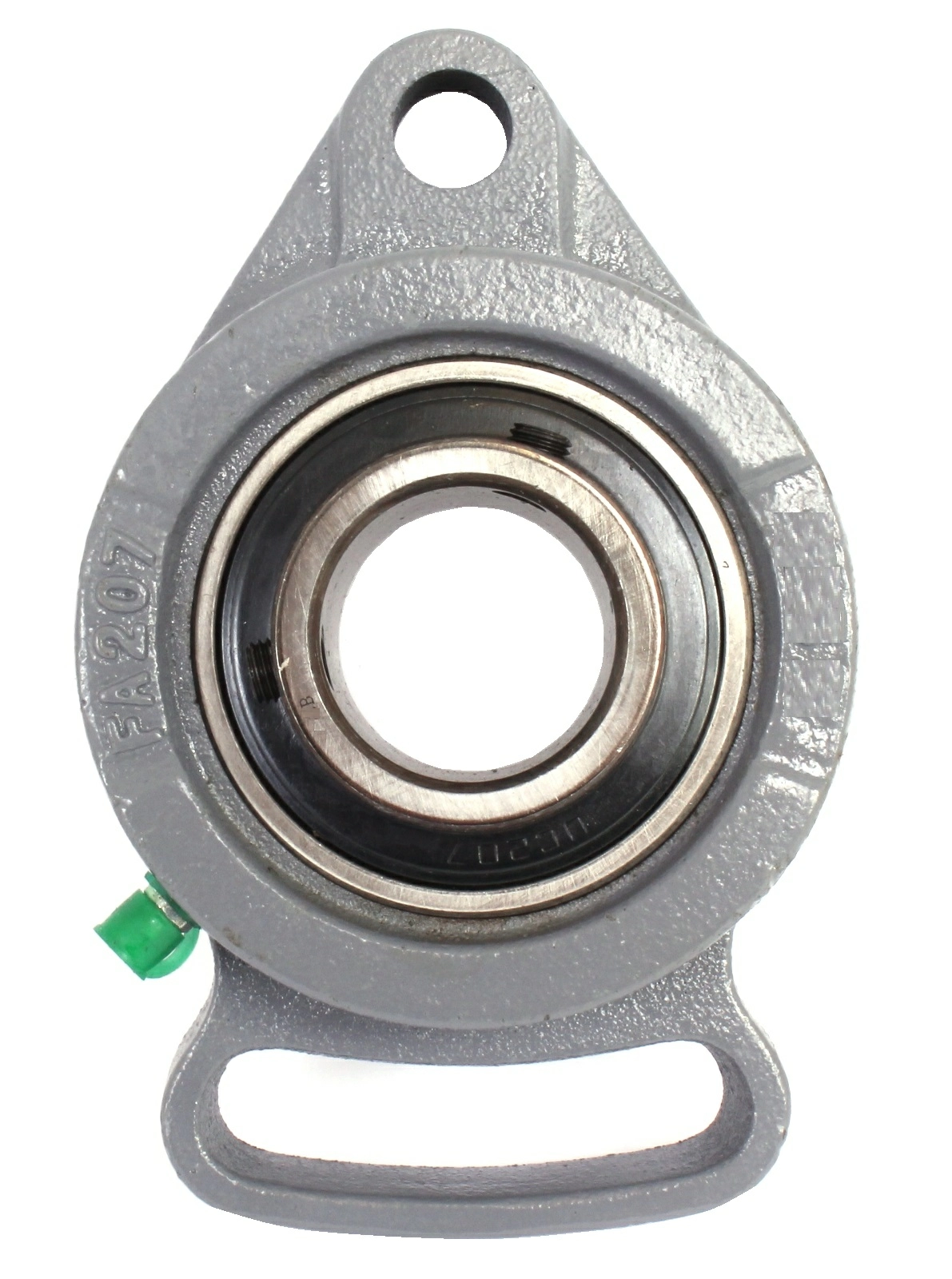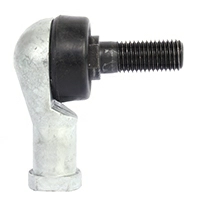52749555 - BEARING 6308-2Z-STD - 6308 2z
JavaScript seems to be disabled in your browser. For the best experience on our site, be sure to turn on Javascript in your browser.


The differences between these two types of bearings primarily lie in their design and load handling capabilities: Angular contact ball bearings: Designed chiefly to handle axial loads in one direction and are capable of operating at high speeds. They are set at an angle to bear loads and are typically used in pairs. Deep groove ball bearings: Although able to handle radial and axial loads, they are typically better for applications that require less axial load capacity compared to angular contact bearings. Each type fits specific applications best, depending on the requirements for load, speed, and alignment.
A deep groove ball bearing is a type of bearing that has deep raceway grooves. These grooves are very close to the dimensions of the rolling elements, or balls, that move within them. This specific design allows these bearings to handle both radial and axial loads from different directions. The deep grooves ensure a tight fit between the balls and raceways, increasing the bearing's load capacity and overall durability.

Bearing Basement is a leading UK based online supplier of bearing and transmission products. We have over 30 years experience in this field, and are official authorised distributors for some of the world’s leading manufacturers
Sign up for the latest product arrivals, inspiring ideas for your events and sale alerts.
Deep groove ball bearings are among the most widely used because of their versatility and performance. Reasons to choose them include: High Load Capacity: They can bear both radial and axial loads, making them versatile for various applications. High-Speed Capability: These bearings can operate efficiently at high speeds, which makes them suitable for numerous industrial and automotive uses. Simplicity and Durability: With a straightforward design, deep groove ball bearings are durable and relatively easy to maintain. Versatility: Useful in a variety of applications, from electric motors to household appliances and more.
Self-aligning ball bearings and deep groove ball bearings serve different functions based on their design: Self-aligning ball bearings: Ideal for scenarios with alignment errors or shaft deflections, they adjust to angle changes within the machinery, optimizing operation. Deep groove ball bearings: Designed to handle radial and axial loads efficiently but do not compensate for misalignments.




 8613869596835
8613869596835